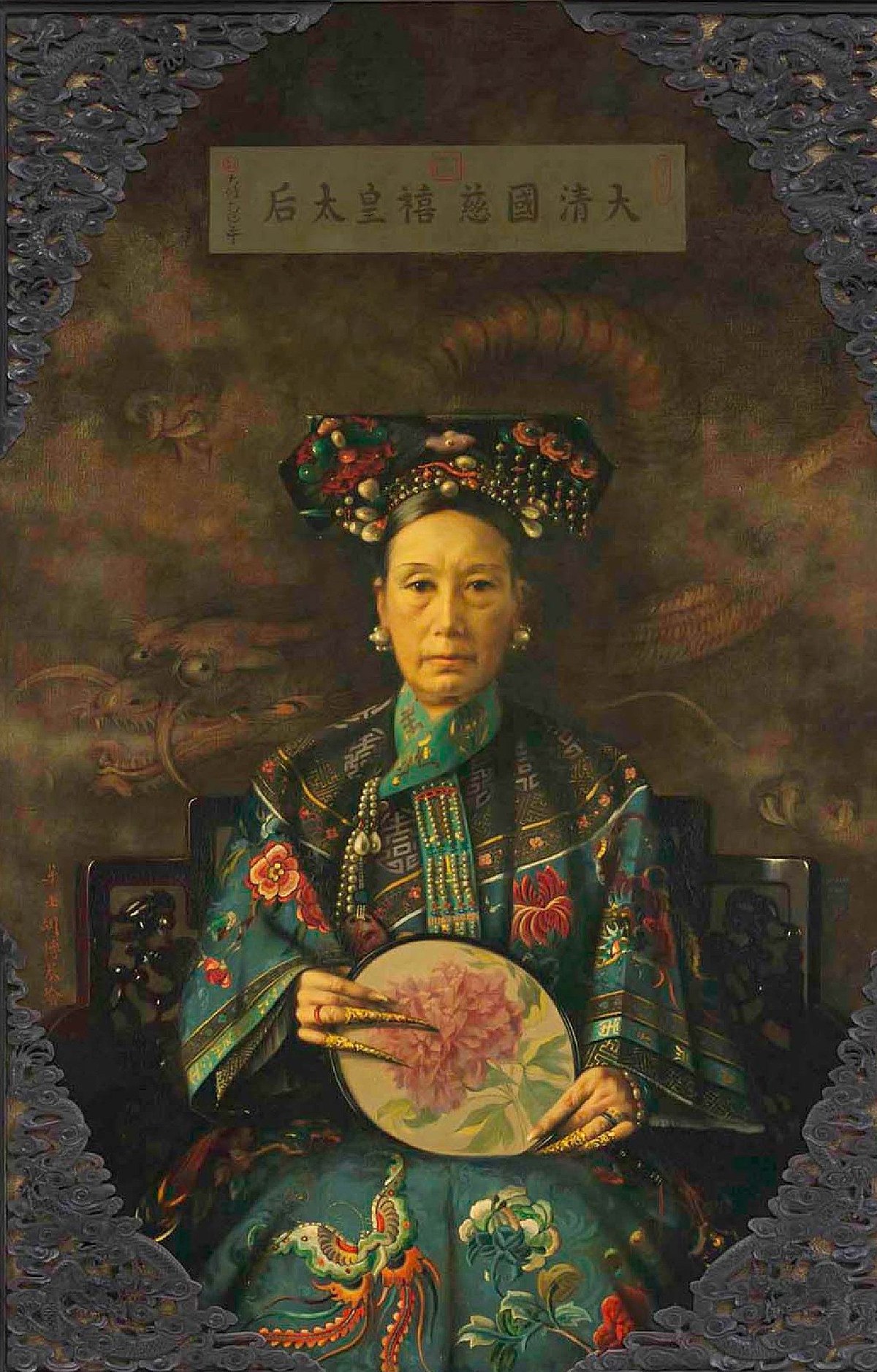
Qing Dynasty
Beijing, ChinaThe Qing dynasty was the Manchu-led last dynasty in the imperial history of China. It was proclaimed in 1636 in Manchuria, in 1644 entered Beijing, extended its rule to cover all of China proper, and then extended the empire into Inner Asia. The dynasty lasted until 1912. The multiethnic Qing empire lasted for almost three centuries and assembled the territorial base for modern China. It was the largest Chinese dynasty and in 1790 the fourth-largest empire in world history in terms of territorial size.
The height of Qing glory and power was reached in the reign of the Qianlong Emperor (1735–1796). He led Ten Great Campaigns that extended Qing control into Inner Asia and personally supervised Confucian cultural projects. After his death, the dynasty faced changes in the world system, foreign intrusion, internal revolts, population growth, economic disruption, official corruption, and the reluctance of Confucian elites to change their mindsets. With peace and prosperity, the population rose to some 400 million, but taxes and government revenues were fixed at a low rate, soon leading to fiscal crisis. Following China's defeat in the Opium Wars, Western colonial powers forced the Qing government to sign "unequal treaties", granting them trading privileges, extraterritoriality and treaty ports under their control. The Taiping Rebellion (1850–1864) and the Dungan Revolt (1862–1877) in Central Asia led to the death of over 20 million people, from famine, disease, and war. The Tongzhi Restoration of the 1860s brought vigorous reforms and the introduction of foreign military technology in the Self-Strengthening Movement. Defeat in the First Sino-Japanese War of 1895 led to loss of suzerainty over Korea and cession of Taiwan to Japan. The ambitious Hundred Days' Reform of 1898 proposed fundamental change, but the Empress Dowager Cixi (1835–1908), who had been the dominant voice in the national government for more than three decades, turned it back in a coup.
In 1900 anti-foreign "Boxers" killed many Chinese Christians and foreign missionaries; in retaliation, the foreign powers invaded China and imposed a punitive Boxer Indemnity. In response, the government initiated unprecedented fiscal and administrative reforms, including elections, a new legal code, and abolition of the examination system. Sun Yat-sen and revolutionaries debated reform officials and constitutional monarchists such as Kang Youwei and Liang Qichao over how to transform the Manchu Empire into a modern Han Chinese nation. After the deaths of the Guangxu Emperor and Cixi in 1908, Manchu conservatives at court blocked reforms and alienated reformers and local elites alike. The Wuchang Uprising on 10 October 1911 led to the Xinhai Revolution. The abdication of Puyi, the last emperor, on 12 February 1912, brought the dynasty to an end. In 1917, it was briefly restored in an episode known as the Manchu Restoration, which was not recognized internationally.
